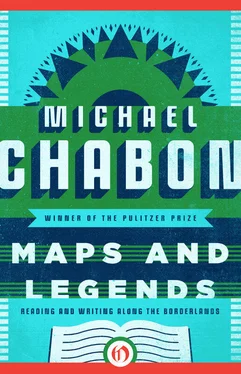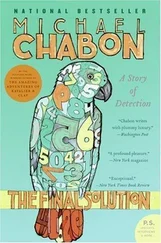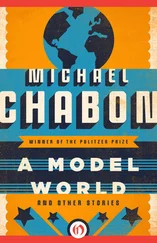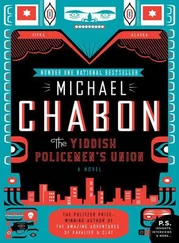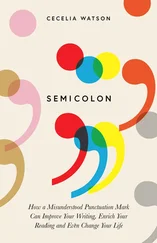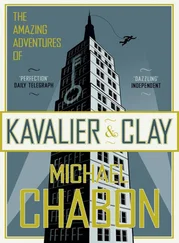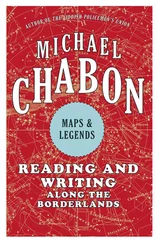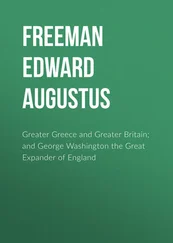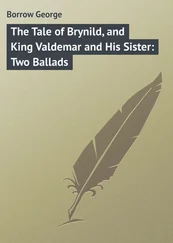In medical school at the University of Edinburgh, in the grim Gormenghast heart of the Old Town, Conan Doyle got a decisive demonstration of how his father’s way of reading the world for messages could be combined with his mother’s gift for making a story. In the fall of 1876, he began attending lectures and working as a clerk in the Royal Infirmary, presided over by Dr. Joseph Bell, FRCS, an ingenious practitioner of what might be called narrative diagnostics. We might also call it prose fiction, or the science of detection.
Joe Bell was a legend at the medical school. His favorite trick — he relished, like the character he would one day inspire, the coup de théâtre — was to diagnose patients in the waiting room of the infirmary without even speaking to them or directly examining them. As Dr. Harold Emery Jones recorded it in a memoir, The Original of Sherlock Holmes:
Gentlemen, a fisherman! You will notice that, though this is a very hot summer’s day, the patient is wearing top-boots. When he sat on the chair they were plainly visible. No one but a sailor would wear top-boots at this season of the year … He is concealing a quid of tobacco in the furthest corner of his mouth and manages it very adroitly indeed, gentlemen … Further, to prove the correctness of these deductions, I notice several fish-scales adhering to his clothes and hands, while the odor of fish announced his arrival in a most marked and striking manner.
The principle behind these feats of inspired guessing, of taking the sum of a set of physical facts, many of them not apparent to the untrained eye, and checking them against an internal reservoir of knowledge based on prior observation — the point of Bell’s showmanship — was to awaken the young doctor to the wealth of signs, symptoms, and shortcuts a patient provided. The patient came in spouting and strewing great fiery gouts of information; he or she was a petri dish of facts that it required only patience and a highly trained eye to read and diagnose.
But such observational and interpretational skills were not the whole of the doctoring game, any more than they are for writers or detectives. To succeed as a narrative diagnostician, or a novelist, or a detective, you also needed the art that, if you were Arthur Conan Doyle, you learned from your mother: you needed the feeling for story, both for the “history” to be inferred from the signs and symptoms and for the way that story could be reconstructed, in therapeutic terms, for the benefit of the patient. Bell treated his patients, in part, by telling them their own stories, as if threading a coherent narrative were itself a kind of therapy.
Though Conan Doyle’s celebrated failure as a medical practitioner appears to have been exaggerated, it seems clear that he had little luck, and took as little pleasure, in his chosen career. (At least one writer has suggested that Conan Doyle might have managed to kill a patient, through Charles Bovary-like ineptitude or more sinister motives; he did subsequently marry the dead man’s sister, and took control of the income that she inherited from her brother.) Like so many Scotsmen of his time, those engineers, overseers, managers, merchant princes, foot soldiers, and rationalizers of the Empire, Conan Doyle had a powerful taste for adventure. In seeking to elude the fate that Waller, his personal Moriarty, had determined for him, Conan Doyle made two inconclusive or ill-fated attempts at becoming a ship’s doctor, and a rash and doomed decision to abandon general practice for the study, in Germany, of ophthalmology, in spite of the fact that he barely understood German.
In his late twenties Conan Doyle found himself stuck in a series of difficult, tedious, or failing medical practices, with a young wife whose health was poor and the first of his eventual five children to support, indebted, shut out of the high-end Harley Street clientele, too proud in his agnosticism to go to his devout Doyle relations for help, yearning for the kind of true adventure that his mother’s stories had kindled in him. His horizons were lowering, his promise was going unredeemed. He may very well have begun to see himself as lost. He had witnessed Joseph Bell work a kind of salvation, through storytelling, in the infirmary at Edinburgh. It may have been inevitable that his thoughts would turn to Bell now, as, trapped in his desolate consulting rooms, like Holmes taking up the cocaine needle, he took up his pen.
I know I run the risk of hokum in dwelling very long on the connection, at least as old as Rabelais and arguably traceable to the shaman retailing trickster tales by the campfire, between doctors and literature, storytelling and healing. So I’ll just mention that when the first dozen Holmes stories were collected and published in The Adventures of Sherlock Holmes, a book that made Conan Doyle famous and rich, and saved him forever from the life that he had never resigned himself to living out, they came dedicated to Dr. Joseph Bell.
3.
Though today they are often published without the standard prefix, I think it’s important that so many of the fifty-six Sherlock Holmes stories bear the word “Adventure” in their titles: “The Adventure of the Speckled Band,” “The Adventure of the Solitary Cyclist.” It has become commonplace to view the Holmes tales, and the detective-story tradition that they engendered, as fundamentally conservative. In this reading, the detective, while technically independent of the law, is in truth the dedicated agent of the prevailing social order — a static, hierarchical structure in which murder is an aberration. This was the view Raymond Chandler took of “murder in the Venetian vase,” against which he famously posited his “mean streets” theory, in which the autonomous if not anarchist detective operates in a disordered and fluctuating world that can never hope to be restored, in which social position is transient, the law a hopeless fiction, and morality flexible at best.
This view of the Holmes stories as reassuring fables of the fixed values and verities of the Victorian order contains an element of truth. Especially after the first two Holmes novels, A Study in Scarlet and The Sign of Four, and beginning in 1891 with the first great short story, “A Scandal in Bohemia,” Conan Doyle gradually abandoned most of the louche, Wildean touches with which he had initially encumbered the character of Holmes. The outré personal habits, the vampiric hours, the drug use, the willfully outrageous ignorance of “useless facts,” such as the order of the solar system or contemporary politics, gave way to a more conventional and cozy sort of eccentricity.
While Holmes is curt with toffs and colonels, he can be a suck-up to royalty, and beneath the surface of the tales glides the majestic shadow of Victoria, emerging only at the end of “The Adventure of the Bruce-Partington Plans,” when Holmes, having saved the navy by helping recover the stolen plans for a submarine—“the most jealously guarded of government secrets”—returns from a visit to “a certain gracious lady” wearing an emerald pin in his tie.
Holmes’s veneration of methodology, his love of rank and classification (we are informed that Moriarty’s henchman, Colonel Sebastian Moran, is “the second most dangerous man in London,” and the blackmailer Charles Augustus Milverton is “the worst man in London,” and John Clay, who conceived the Red-Headed League, is “the fourth smartest man in London”), his systematic approach to cataloging the minutiae of crime (as in his monograph on the ashes of 140 different varieties of pipe, cigar, and cigarette tobacco) all partake of the Victorian passion for taxonomy, for hierarchies and progressions, for articulating new, rational systems of control. But to read Sherlock Holmes, regardless of his frequent service to Queen and Empire, as a prop and agent of the dominant social order, to regard the function and effect of the stories as characteristic of industrialized, imperialist, Darwinistic, bourgeois, nineteenth-century Britain, the literary kin of Bentham’s panopticon or the proposed Cape-to-Cairo railway, misses the point.
Читать дальше
Конец ознакомительного отрывка
Купить книгу
